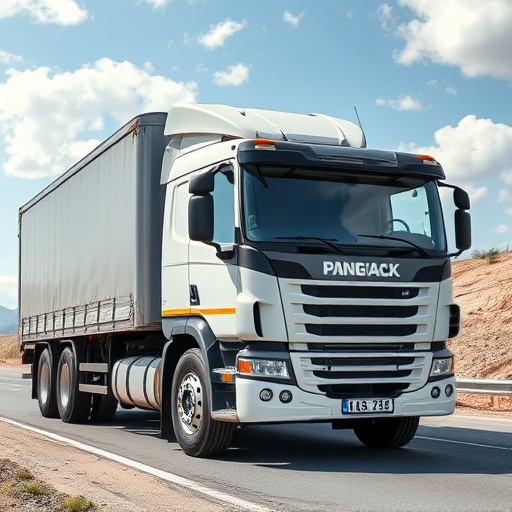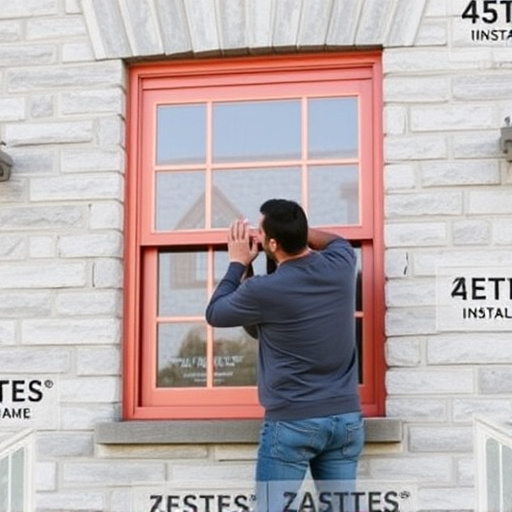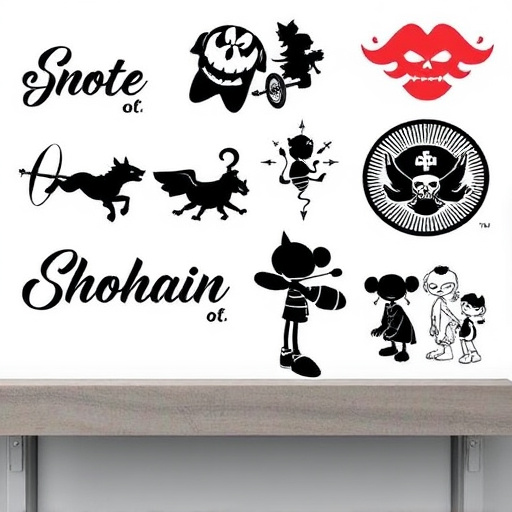In brochure design printing, sustainability is rising due to demand for eco-friendly options by environmentally conscious consumers. Using recycled papers, vegetable-based inks, bamboo or hemp paper reduces ecological impact while maintaining quality and aesthetics. Advanced protective coatings like water-based finishes enhance durability without petroleum products. These practices, including digital printing precision, minimize waste, chemical usage, and contribute to a greener planet, aligning with industries like window tinting, vehicle wraps, and paint protection film.
In today’s eco-conscious world, choosing sustainable options for brochure design printing is more important than ever. This article explores green practices that minimize environmental impact without compromising quality. From understanding eco-friendly printing technologies to selecting recyclable materials and implementing smart design strategies, we guide you through the process. Discover how to create stunning brochures while preserving our planet. Learn about sustainable materials, efficient printing techniques, and tips to reduce waste, ensuring your marketing efforts align with ecological values.
- Understanding Eco-Friendly Printing Practices
- Sustainable Materials for Brochure Design
- Tips for Reducing Environmental Impact During Printing
Understanding Eco-Friendly Printing Practices

In the realm of brochure design printing, eco-friendly practices are gaining traction as folks become more conscious of their environmental impact. These initiatives go beyond just using recycled paper; they encompass a holistic approach to minimizing the carbon footprint associated with printing. One key aspect is choosing sustainable materials, such as vegetable-based inks and papers made from post-consumer recycled content. These alternatives not only reduce deforestation but also minimize toxic chemical usage.
Additionally, eco-conscious printers employ innovative techniques like water-based protective coatings and vinyl wraps to enhance the durability of brochures without relying heavily on petroleum-based products. High-quality finishes can still be achieved while incorporating these protective coatings, ensuring that your brochure design printing remains visually appealing. Remember that, in today’s digital era, adopting eco-friendly practices doesn’t mean compromising on quality or aesthetics.
Sustainable Materials for Brochure Design

In the realm of brochure design printing, sustainable materials are becoming increasingly popular as folks become more conscious of environmental impact. One eco-friendly option is recycled paper, which not only reduces waste but also offers a unique texture and aesthetic appeal that can enhance the overall design. Additionally, vegetable-based inks, free from toxic chemicals, provide a vibrant and durable finish without harming the planet. These choices are not just beneficial for the environment; they can also add a distinctive touch to your brochure design, setting your marketing materials apart in a bustling market.
Furthermore, considering materials like bamboo or hemp paper can significantly lower a brochure’s carbon footprint. These natural alternatives have remarkable strength and durability, making them suitable for various printing projects, including brochures. Even in the world of automotive detailing and ceramic window tinting, where vinyl wraps are popular, eco-conscious businesses are opting for sustainable options for their promotional materials. By choosing these materials, you contribute to a greener planet while still achieving high-quality and visually appealing brochure design printing outcomes.
Tips for Reducing Environmental Impact During Printing

When it comes to brochure design printing, there are several eco-friendly practices that can significantly reduce your environmental impact. One effective strategy is to choose recycled or sustainable paper options. These materials not only conserve trees but also use less water and energy during production. Additionally, opt for vegetable-based inks instead of traditional petroleum-based ones, as they are biodegradable and emit fewer harmful chemicals.
Another tip is to minimize the use of unnecessary finishes like gloss or laminates, which often require additional chemical processes. Instead, consider matte coatings or simple water-based finishes. Furthermore, digital printing technologies offer precision and efficiency, allowing you to print only what’s needed, reducing waste. Remember that these small changes in brochure design printing can collectively make a big difference for the environment, contributing to a greener future through responsible practices like ceramic window tinting, vehicle wraps, and paint protection film.
In conclusion, adopting eco-friendly practices in brochure design printing is not only beneficial for the environment but also a strategic move to appeal to environmentally conscious consumers. By understanding these practices, selecting sustainable materials, and implementing reduction tips, designers and printers can create eye-catching brochures without compromising ecological integrity. Choosing eco-friendly options contributes to a greener future, ensuring that marketing efforts remain both effective and responsible.














